Introduction
The vast and mysterious ocean covers over 70% of our planet, yet much of it remains unexplored. Traditional ocean monitoring methods rely on ships, divers, and satellites, which can be costly, time-consuming, and limited in scope. However, advancements in Artificial Intelligence (AI) and autonomous technology are transforming the way we study and protect our oceans.
Smart buoys and AI-powered underwater drones are at the forefront of this revolution, providing real-time data collection, environmental monitoring, and enhanced exploration capabilities. These innovative technologies are not only helping scientists understand marine ecosystems but also improving maritime security, disaster prediction, and underwater resource management.
This article explores how smart buoys and AI-driven underwater drones are changing ocean exploration, their applications, benefits, challenges, and the future of autonomous marine technology.
Understanding Smart Buoys and AI-Powered Underwater Drones
What Are Smart Buoys?
Smart buoys are advanced floating sensor systems equipped with AI-powered tools to monitor various oceanic parameters such as:
- Water temperature and salinity
- Wave height and ocean currents
- Weather conditions
- Marine biodiversity and ecosystem health
- Oil spills and pollution levels
These buoys are connected to the Internet of Things (IoT) and use AI algorithms to analyze data, helping researchers and governments make informed decisions about marine conservation and maritime security.
What Are AI-Powered Underwater Drones?
AI-powered underwater drones (also known as Autonomous Underwater Vehicles, or AUVs) are robotic systems designed for deep-sea exploration and surveillance. These drones:
- Navigate autonomously using AI and machine learning
- Use sonar, cameras, and environmental sensors to gather data
- Detect underwater anomalies such as pollution, illegal fishing, or shipwrecks
- Assist in deep-sea mining and infrastructure maintenance
Together, smart buoys and AI-driven underwater drones provide a comprehensive approach to monitoring and protecting the ocean.
Applications of Smart Buoys and AI-Powered Underwater Drones
1. Marine Environmental Monitoring
- Smart buoys track ocean temperature fluctuations and pollution levels, providing real-time alerts on changes affecting marine life.
- AI-powered drones collect underwater data to monitor coral reef health, detect harmful algal blooms, and map ocean biodiversity.
- Helps governments and conservationists take preventive measures against marine degradation.
2. Maritime Security and Border Protection
- AI-powered underwater drones detect unauthorized submarines, smuggling operations, and illegal fishing activities.
- Smart buoys can be used as early warning systems for maritime threats.
- Enhances national security and maritime law enforcement.
3. Oil Spill Detection and Disaster Prevention
- Smart buoys detect oil spills and chemical contamination early, allowing authorities to contain the damage.
- AI-powered drones assess underwater damage following oil spills, ensuring a quick and effective response.
- Used in tsunami and hurricane prediction, helping coastal regions prepare for natural disasters.
4. Deep-Sea Exploration and Ocean Mapping
- AI-driven underwater drones map the ocean floor, trenches, and underwater volcanoes.
- Helps in locating new marine species, shipwrecks, and hidden underwater resources.
- Assists scientists in understanding deep-sea ecosystems and geological formations.
5. Sustainable Fishing and Aquaculture
- Smart buoys monitor fish migration patterns, water conditions, and illegal fishing activities.
- AI-powered drones assist in maintaining fish farms by checking water quality and infrastructure integrity.
- Reduces overfishing and ensures sustainable seafood practices.
6. Military and Defense Applications
- Underwater drones conduct stealth surveillance and reconnaissance.
- Can be used for mine detection and naval operations.
- Smart buoys help track enemy submarine movements in strategic zones.
7. Renewable Energy and Offshore Infrastructure Maintenance
- AI-powered drones inspect offshore wind farms and underwater pipelines.
- Smart buoys help optimize tidal and wave energy harvesting.
- Ensures efficient and safe operation of marine energy installations.
Benefits of AI-Powered Smart Buoys and Underwater Drones
- Real-Time Data Collection – Provides instant insights into oceanic conditions, helping researchers and authorities act quickly.
- Cost-Effective Ocean Monitoring – Reduces expensive ship-based surveys and manual labor.
- Autonomous and Remote Operation – Requires minimal human intervention, improving efficiency and safety.
- Enhanced Accuracy and AI Analysis – AI-powered analytics detect environmental changes faster than traditional methods.
- Better Marine Conservation – Helps protect endangered species and monitor marine biodiversity.
- Improved Disaster Preparedness – Aids in predicting and responding to natural disasters like tsunamis and hurricanes.
Challenges of Implementing Smart Buoys and AI Underwater Drones
1. High Development and Maintenance Costs
- Advanced AI and sensor technology require significant investment.
- Regular maintenance is needed to ensure longevity and functionality.
2. Data Transmission and Connectivity Issues
- Underwater communication is challenging due to signal interference.
- Satellite networks and underwater cables are required for real-time data transmission.
3. AI Accuracy and Error Margins
- AI models must be trained to differentiate between normal and critical anomalies.
- Misinterpretation of oceanic conditions could lead to false alarms or missed threats.
4. Environmental Impact and Sustainability Concerns
- Manufacturing AI-powered drones requires resources that could impact the environment.
- Proper disposal and recycling of underwater drones and smart buoys are necessary to prevent ocean pollution.
The Future of AI in Ocean Monitoring
1. Integration with Satellite and Cloud Technology
- AI-powered buoys and drones will work alongside satellites for global ocean monitoring.
- Cloud computing will enhance data storage, sharing, and real-time analysis.
2. AI-Powered Predictive Models
- Future AI models will predict marine disasters, fish migration patterns, and climate change effects with higher accuracy.
- Machine learning will continuously improve decision-making in ocean management.
3. Autonomous AI Swarms for Large-Scale Exploration
- Fleets of AI-powered drones will collaborate autonomously to map and monitor vast oceanic regions.
- Swarm intelligence will enhance disaster response and environmental research.
4. Human-AI Collaboration for Marine Conservation
- Scientists and conservationists will use AI tools to design better ocean protection strategies.
- Governments will implement AI-driven policies for sustainable marine development.
Conclusion
Smart buoys and AI-powered underwater drones are revolutionizing ocean exploration and marine conservation. By providing real-time data, enhancing security, and improving environmental monitoring, these technologies are unlocking the mysteries of the deep sea while protecting our planet’s most precious ecosystems.
While challenges like cost, connectivity, and environmental impact exist, ongoing research and technological advancements will continue to make AI-driven ocean monitoring more efficient, sustainable, and accessible. The future of ocean exploration is bright, and AI is leading the way in preserving marine biodiversity, securing maritime territories, and unlocking the secrets of the deep.
The question remains: How soon will AI-driven ocean technology become a global standard for protecting our seas?
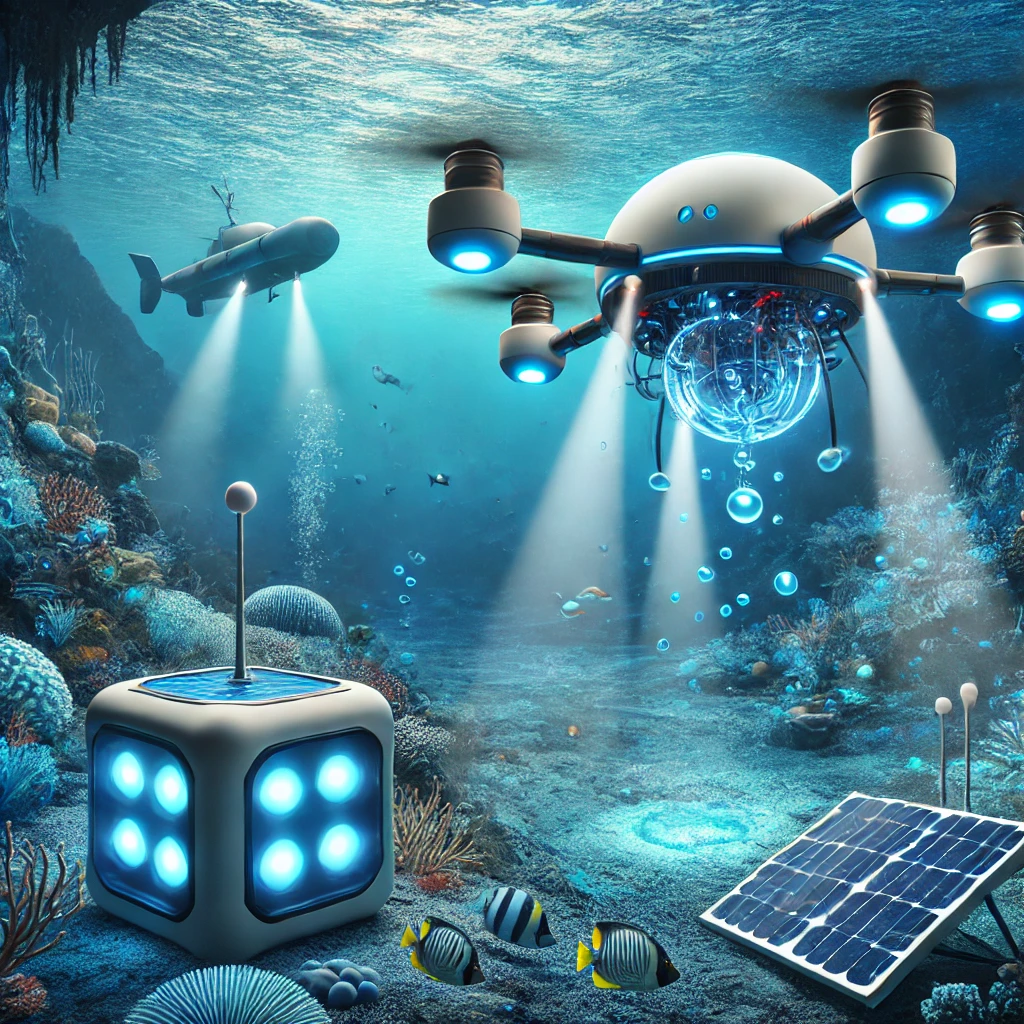
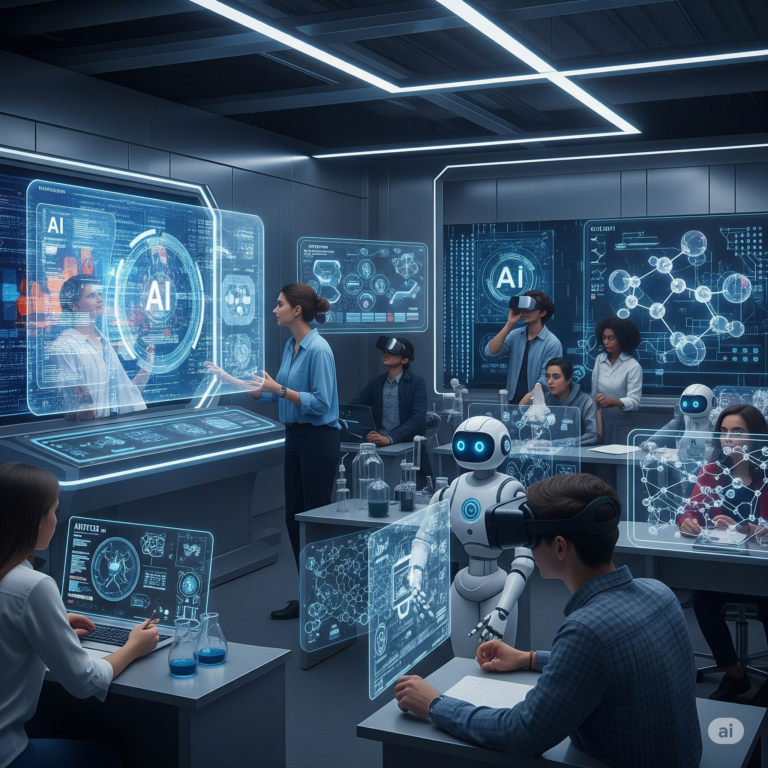

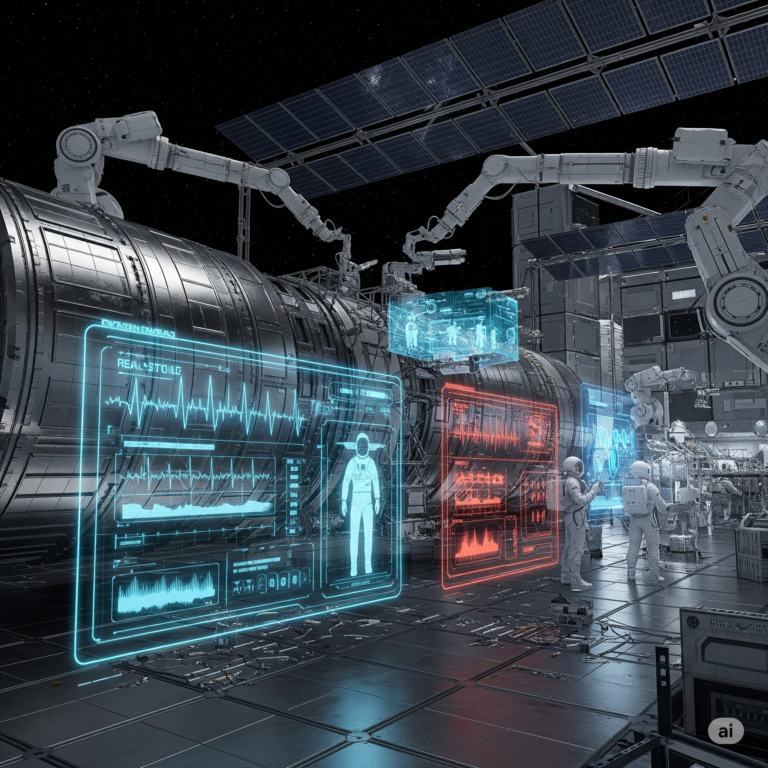
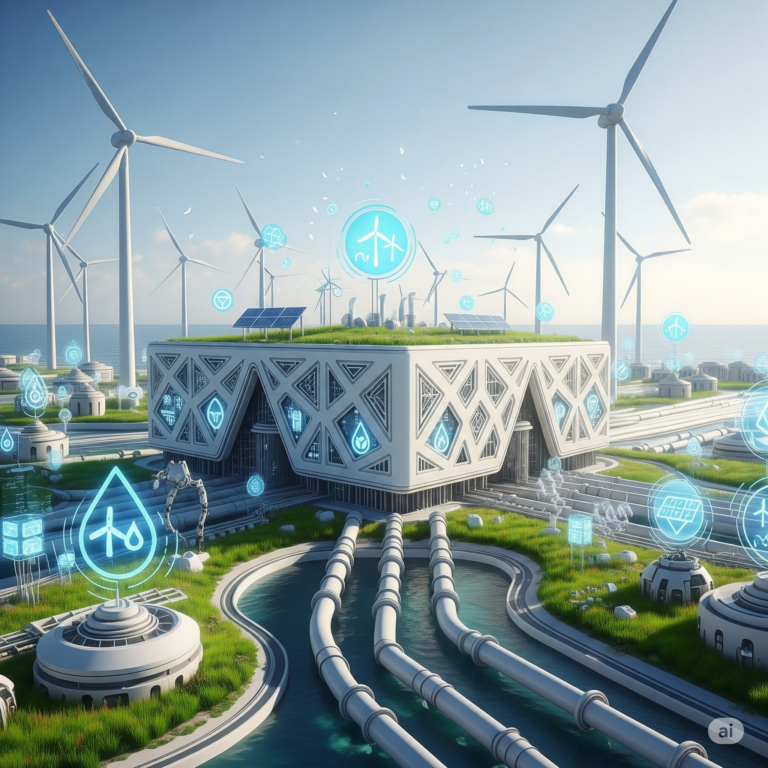
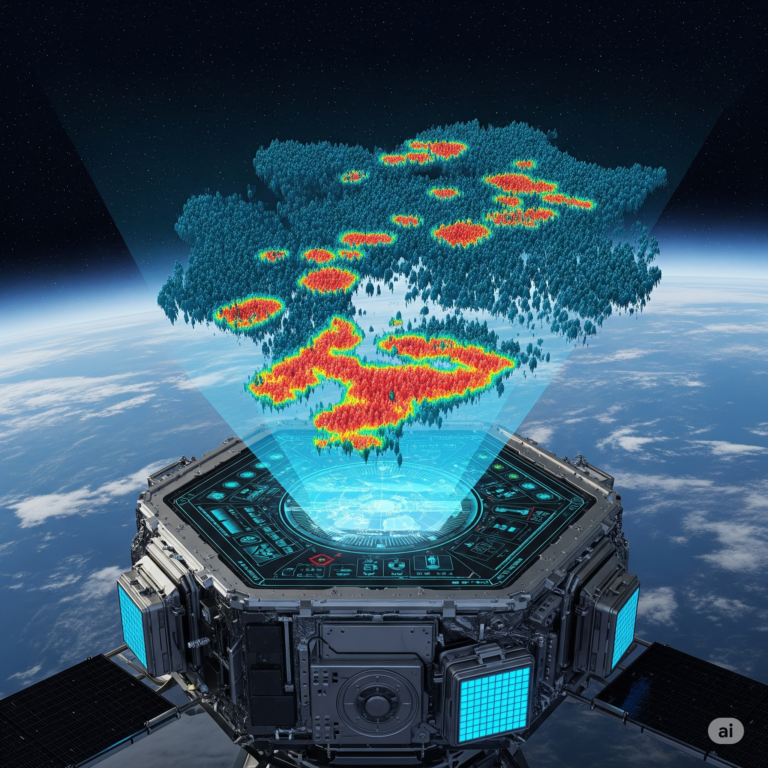


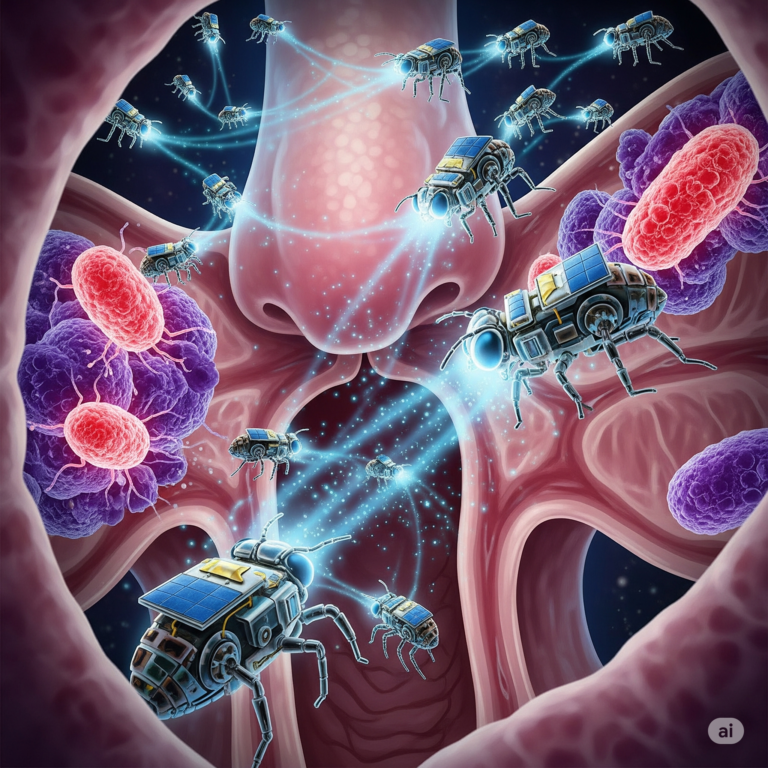
+ There are no comments
Add yours